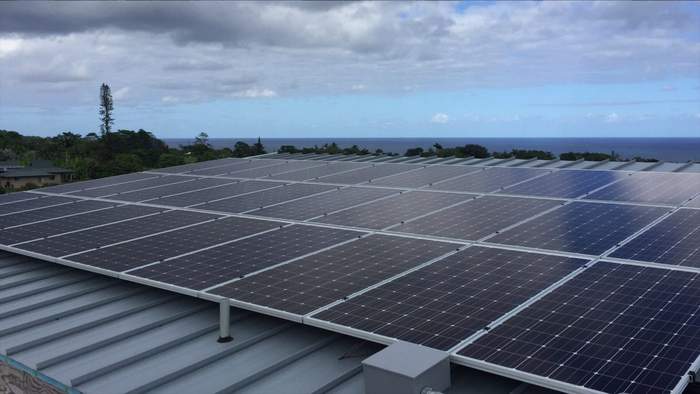
Storage solutions must be customized to align with the specific power or energy demands of a commercial or industrial customer.
It’s no secret that commercial energy users in every industry are seeking to reduce energy costs today and achieve long-term cost predictability for the future as utilities implement increasingly unfavorable rate structures. Energy storage provides a powerful, multifaceted solution to lock in rates and achieve power security.
Savings opportunities
Energy storage can provide a significant ROI when it comes to utility bill savings:
Demand charges: Demand charges are often calculated based on the highest 15-minute average electrical use recorded in one month which are then applied to all 12 months. As a result, demand charges make up a significant percentage of all commercial and industrial utility bills — typically between 30 and 70 percent. In the U.S., 25 percent of commercial customers (roughly five million businesses) pay demand charge rates of more than $15/kWh and these demand charges continue to rise. Energy storage enables commercial and industrial customers to discharge their batteries and use battery-stored energy rather than grid power to avoid peak demand spikes.
Time of use rates: Time of use rates are calculated at a specific time of day when the utility charges a premium rate to reduce high demand on the grid. Energy storage offsets utility rates by reducing grid power usage during peak hours and shifting usage from peak to non-peak hours.
Large-scale battery banks have both sufficient available power and energy storage to cover and “smooth out” consumption demands and protect utility customers from unfavorable rate structures.
How performance factors into the equation
Beyond initial utility savings, the performance profile of both the batteries and all-in-one solutions matters when it comes to maximizing the performance and economic return associated with a commercial energy storage system. As we’ve discussed in earlier posts, pay close attention to warrantied cycles (battery expected life), max charge/discharge or the battery’s available power, as well as usable capacity and efficiency.
Just as PV array size decisions are important for generating the optimal amount of power and ROI for a project, so too must storage solutions be customized to align with the specific power or energy demands of a commercial or industrial customer.
Consider how storage addresses peak demand charges. These charges are based upon power consumption, so it is important to have a skilled professional build a profile of power demands exceeding the line in which the demand charge is met.
For instance, a professional might determine that the highest 15 minute interval rate that a warehouse uses is 100 kW. The installer can then reduce this rate with the strategic addition of solar and storage to help smooth out the load profile that the utility sees and thus reduce costly demand charges.
There are high voltage energy storage systems available that allow you to customize exactly the voltage, peak power, capacity and system size you need for every building, location and use-case in your portfolio. This approach can provide significant cost savings over out-of-the box solutions, requiring you to buy only the storage you need and allowing you to add on additional storage incrementally down the road.
This post and the entire 12 Days of Storage was contributed by SimpliPhi.
— Solar Builder magazine

Leave a Reply
You must be logged in to post a comment.